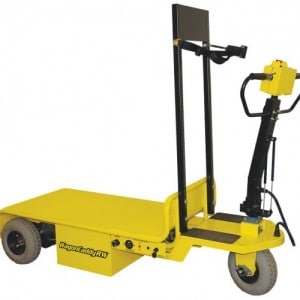Why should you attend trade shows and industry conferences? When the economy is tight and sales are down, how do you justify the expense of attending a trade show or conference, particularly when gas, airline and hotel expenses are climbing? My dad would tell you what every smart businessman knows: keeping up with industry developments and trends isn’t a perk, it’s a necessity.
I can remember when my dad attended MHEDA trade shows in the 1960s, ’70s and ’80s. For a man who worked 15-hour days 6 1/2 days a week, the annual trade show was his idea of a vacation. He always took Mom along to share the fun. She’d pall around with the other wives on day tours then meet Dad for dinner with other business friends. Dad spent his days boning up on new developments and new products, jawing with suppliers and distributors, and picking the brains of other business owners — the 1960s version of networking. He always tried to work in an educational conference or two each year, and became a MHEDA presenter later in his career.
Dad placed a high value on education and keeping abreast of current developments and future trends. He preached planning for the future as the best way to grow your business. He believed in the power of networking, both as a resource for solving business problems and as a tool for growing your business. Industry trade shows and conferences give you the opportunity to stay current in your business, learn about future trends and network with industry peers. There couldn’t be better reasons to attend.
MHEDA is offering two fall events geared to revitalize your material handling career and make your business more productive:
The Young Distribution Professionals Conference August 3-6 at the Eaglewood Resort & Spa in Itasca, Illinois targets material handling professionals with less than 10 years in the distribution industry. The conference is designed to help rising managers increase their knowledge of distribution and expand their distribution career skills. There will be ample networking opportunities to interact with peers in the distribution and other material handling industries. A host of engaging speakers will focus on the development of leadership and management skills.
Parts & Service Management Conference September 11-12 at the Crown Plaza Chicago O’Hare in Rosemont, Illinois targets parts and service managers, branch managers and operations managers. The conference will focus on daily issues that arise in material handling parts and service departments. Sessions will teach attendees how to identify key performance indicators in their departments with an emphasis on profitability and customer service.
